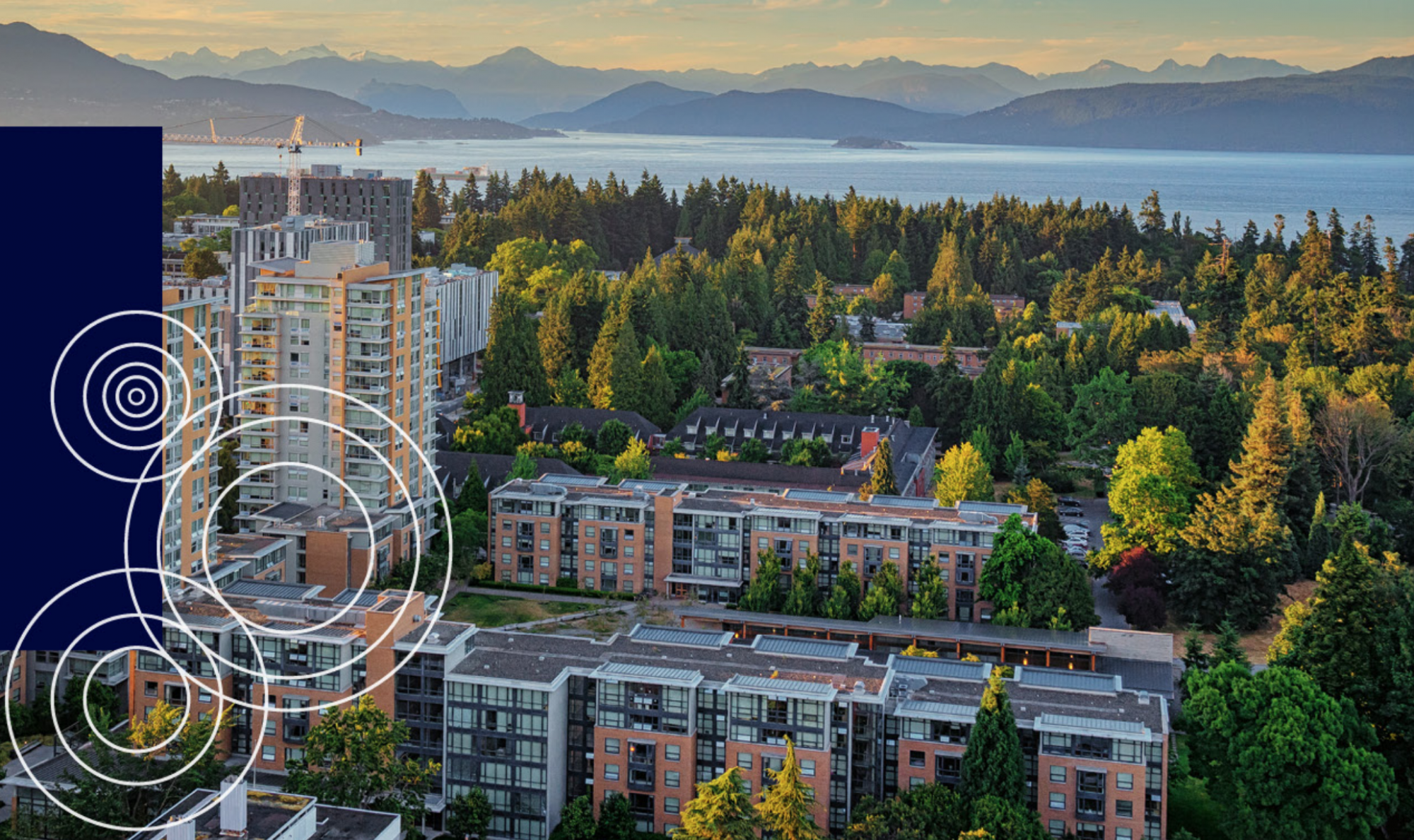1. Why reclaimed water?
The United States has been a global leader of reclaimed water. A variety of applications from commercial use to indirect potable use are being operated by local authorities, though most of them are in the southern parts of the country such as Florida, Arizona, and California. Considering the biggest driver of most reclaimed water projects is water scarcity, the regional unbalance of the number of applications would be reasonable.
So, if you hear about the legislation of Reclaimed Water Rule in the State of Washington in 2018, it might be surprising. Actually, the state has over a quarter-century history of reclaimed water. In 1992, the Reclaimed Water Act was enacted and approximately 30 reclaimed water facilities are currently operating in the state (1)(2). The purpose of the new rule is to streamline the process of permit acquisition and clarify the methods and standards (3).
The objectives of reclaimed water use in Washington State are various such as discharge regulations, impaired water bodies, and water supply needs. Current reclaimed water applications in Washington State include irrigation (agriculture, forest, golf course, turf, and urban landscape), urban use (street sweeping, dust suppression, and toilet flushing), and environmental use (groundwater recharge, wetlands enhancement, and stream-flow augmentation) (2).
2. City of Yelm
One of the local authorities utilizing reclaimed water is the City of Yelm. The initial motivation of the project was to prevent groundwater contamination caused by septic systems within the city. Because the Nisqually River, which received the discharge from the wastewater treatment plant, supported Pacific Salmon and cutthroat trout, the second treatment was not satisfactory for those fish. So, the city decided to construct the Yelm Water Reclamation Facility. Reclaimed water is produced with advanced treatment including chemical coagulation, upflow sand filters, and chlorine disinfection after the second treatment. One of the applications is to discharge it into the artificial surface and submerged wetlands which eventually recharges groundwater. In winter, excessive reclaimed water is utilized for power generation (1).
In spite of the above successful story, though, the facility stopped to provide reclaimed water for six weeks in the summer of 2017 after the staff confirmed that the Total Kjeldahl Nitrogen (TKN) exceeded the reclamation water standard. The main cause of the malfunction was inadequate maintenance. Though the facility was built with state-of-the-art technology in 1999, required upgrades had not been done due to financial constraints. Furthermore, the facility had been operated by consultants, instead of experienced staff (4).
3. King County
Another applicational example is King County, which includes the City of Seattle, operating water reclamation projects since 1997 (1). The main driver of reclaimed water is to enhance resiliency to drought and climate change, and a growing population (1). However, King County admits the difficulty of finding enough users for reclaimed water because of their abundant water supply (5). Nevertheless, the county is keen on expanding reclaimed water projects.
The main usage of reclaimed water in King County consists of irrigation (e.g. soccer field, golf course, landscape), industry (e.g. building heating, on-site processes), and environment (wetland enhancement) (6). One of the recent projects is wetland enhancement at Chinook Bend Natural Area. The main driver of the project was to enhance native plants and control reed canary grass (7). Existing culverts, pipes, and wetland were converted to open channels and the new four-acre wetland which enhances the environment at Chinook Bend (7).
4. Conclusion
The lack of water resources, growing population, and advanced technology have contributed to the increasing numbers of water reclamation applications in the southern US. Moreover, the necessity of adaptation to the expected effects of climate change has also encouraged municipalities which are not necessarily lacking water supply to engage in water recycling. Though the country still does not have a national regulation for reclaimed water, the United States Environmental Protection Agency issued a report in 2018 which encourages local authorities suffering from water scarcity to utilize reclaimed water for potable use (8). Although there is no current movement of potable use in Washington State, it is quite intriguing that the state has been keen on expanding their applications before the expected catastrophe brought by climate change happens.
References
(1) Cupps, K. and Morris, E. Case Studied in Reclaimed Water Use: Creating new water supplies across Washington State. 2005
(2) WateReuse. WateReuse Pacific Northwest.
(3) Schroeder Law Offices. Washington Reclaimed Water Act Adopted.
https://www.water-law.com/washington-reclaimed-water-rule-adopted/
(4) Kollar, A. Yelm Water Reclamation Facility Back Running. Nisqually Valley News. July 27, 2017
http://www.yelmonline.com/news/article_c69b0cfa-72fe-11e7-955a-0b8b1bdb5ee3.html
(5) Wastewater Treatment Division, Department of Natural Resources and Parks, King County. King County Recycled Water Program Strategic Plan 2018-2037. 2018
(6) King County. Recycled Water.
https://kingcounty.gov/services/environment/wastewater/resource-recovery/recycled-water.aspx
(7) King County. Wetland enhancement at Chinook Bend Natural Area.
https://www.kingcounty.gov/depts/dnrp/wtd/system/carnation/chinook-bend.aspx
(8) The United States Environmental Protection Agency. Mainstreaming potable water reuse in the United States: strategies for leveling the playing field. 2018
